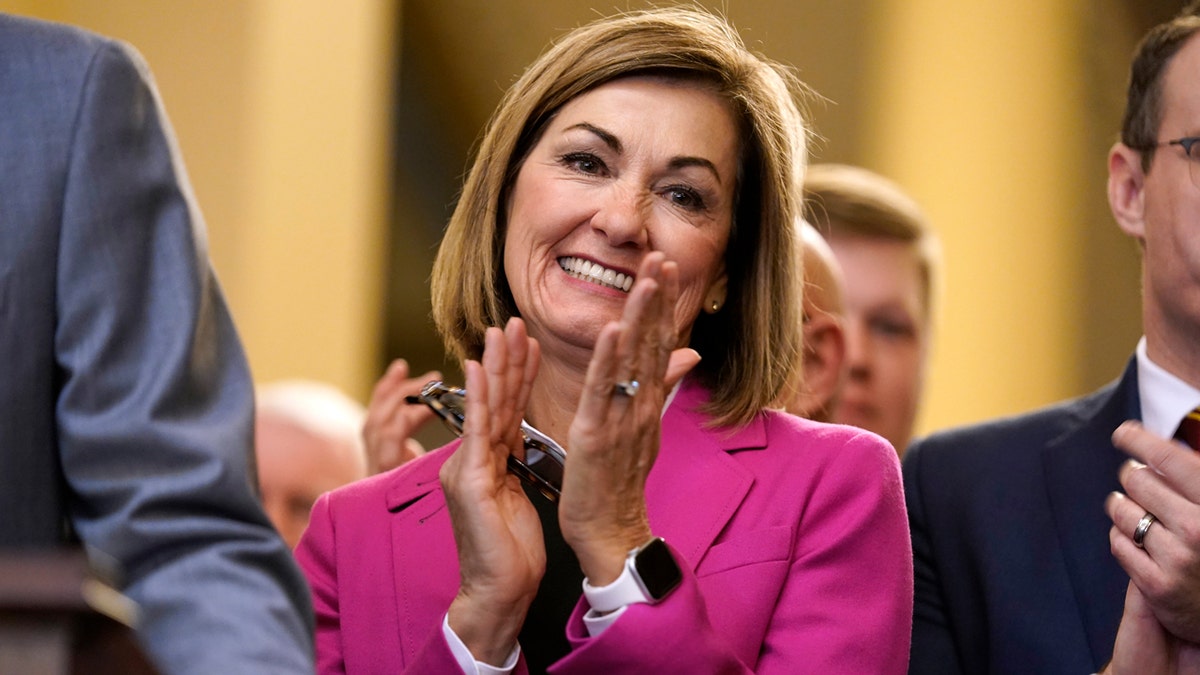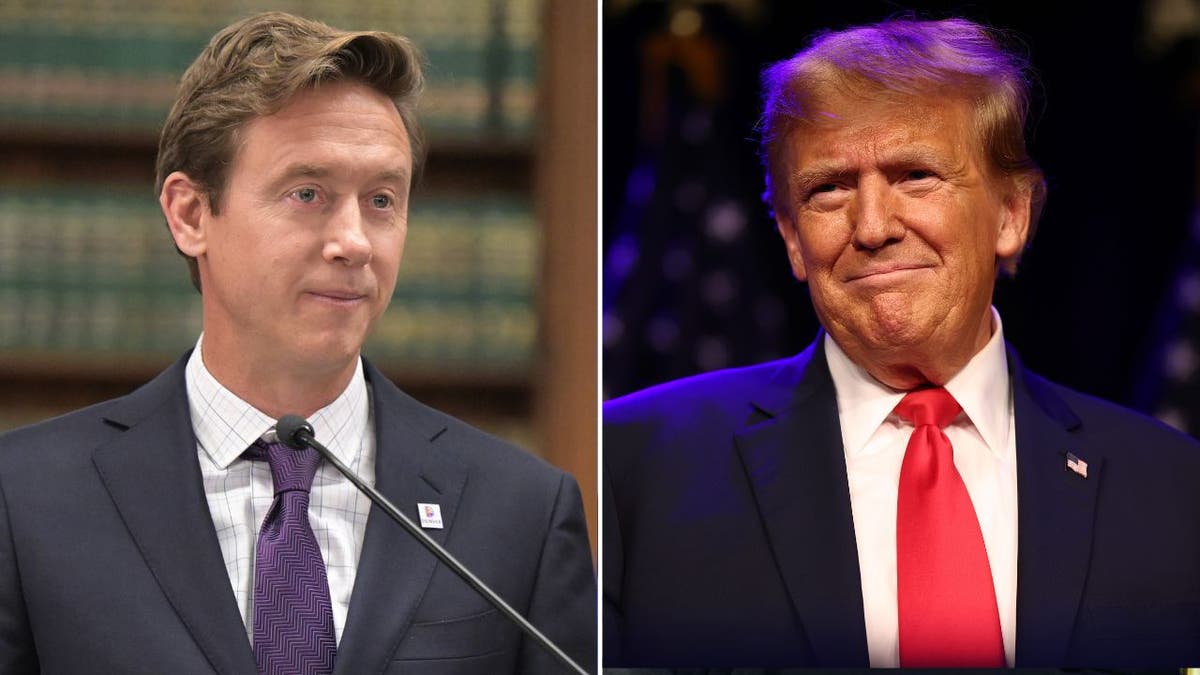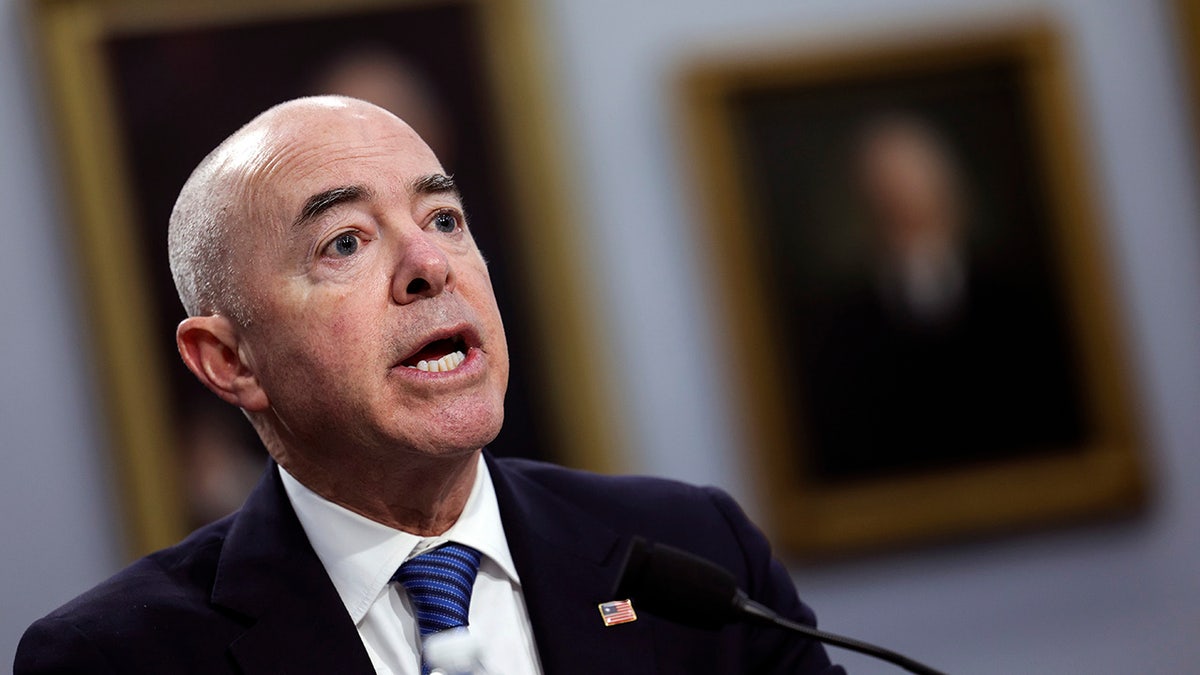Iowa Governor Kim Reynolds recently announced the completion of a major state government reorganization, reducing the number of departments from 37 to 16. This initiative, a key priority for Reynolds, aims to streamline services and improve efficiency. While the administration highlights early successes and cost savings, concerns remain about increased gubernatorial power and reduced accountability.
According to Reynolds, the restructuring is already yielding "measurable outcomes" just three months after its implementation. She unveiled a new state logo, "Freedom to Flourish," symbolizing the unified brand and promoting Iowa's potential.
The reorganization aims to eliminate redundancies by grouping related services under single departments with consistent oversight and procedures. The Department of Inspections, Appeals and Licensing, now incorporating several previously separate licensing services, reports significant reductions in case backlogs and response times. Similar consolidations have occurred in other areas, including the integration of the Division of Labor, Division of Workers’ Compensation, and Civil Rights Commission.

Projected savings over the next four years exceed $200 million, primarily through the elimination of approximately 500 unfilled positions. Health and Human Services Director Kelly Garcia emphasized the previous duplication of efforts and the goal of creating a "one-stop shop" for Iowans seeking government services.
Despite these touted benefits, Democratic lawmakers have voiced concerns about the consolidation of power in fewer political appointees. They argue that this shift could diminish oversight and responsiveness to the needs of Iowans. Specific concerns include the integration of critical human rights functions into larger agencies, potentially reducing their advocacy power. The increased authority of the attorney general, particularly regarding election misconduct investigations, has also drawn scrutiny.
The reorganization impacts all Iowans, changing how they access government services. Over 2,600 state employees have transitioned to new departments, and while the administration emphasizes communication and opportunities for advancement, the long-term effects of this sweeping change remain to be seen.








